The realm of pharmaceuticals and nutraceuticals is vast and diverse, with a significant portion of medications and supplements being administered in liquid form. Oral liquids, a common and effective method of delivery, present unique challenges and requirements for manufacturers, particularly when it comes to packaging. Ensuring the precise and hygienic filling of these products is paramount for patient safety, product efficacy, and regulatory compliance. This in-depth exploration delves into the definition and types of oral liquids, the specific fillers needed for their packaging, and the indispensable role of advanced filling machinery in this critical process. As a leading manufacturer of packaging machinery, SFXB understands the intricacies involved and is dedicated to providing innovative solutions for oral liquid filling.
What is Oral Liquid? A Comprehensive Definition
At its core, an oral liquid is a preparation intended to be swallowed by mouth, containing one or more active pharmaceutical ingredients (APIs) dissolved or suspended in a suitable liquid vehicle. Unlike solid dosage forms like tablets or capsules, oral liquids offer several advantages, making them a preferred choice for specific patient populations and therapeutic applications.
One primary benefit is ease of administration, especially for individuals who have difficulty swallowing solid medications, such as children, the elderly, or those with certain medical conditions. Oral liquids can also be formulated to offer more flexible dosing options, allowing for precise adjustments based on weight or age. Furthermore, some APIs are more readily absorbed in liquid form, leading to faster onset of action.
However, the liquid nature of these preparations also introduces complexities. Stability is a significant concern, as APIs in liquid vehicles are often more susceptible to degradation than in solid forms. Microbial contamination is another critical factor that necessitates stringent manufacturing and packaging protocols. The taste and palatability of oral liquids are also crucial for patient compliance, often requiring the inclusion of flavoring and sweetening agents.
The composition of an oral liquid typically includes:
● Active Pharmaceutical Ingredients (APIs): The core medicinal components.
● Vehicle: The liquid medium that carries the API. Common vehicles include purified water, ethanol, glycerin, propylene glycol, and various oils. The choice of vehicle depends on the solubility and stability of the API.
● Solubilizers: Substances used to enhance the solubility of poorly soluble APIs.
● Suspending Agents: Used to keep insoluble APIs dispersed evenly in the vehicle, preventing sedimentation.
● Emulsifying Agents: Required for preparations where oil and water components need to be mixed and stabilized.
● Preservatives: Added to prevent microbial growth and extend shelf life. Common examples include parabens, benzoic acid, and sorbic acid.
● Antioxidants: Used to prevent oxidation of sensitive APIs.
● Flavoring Agents: Improve the taste and palatability.
● Sweetening Agents: Enhance sweetness and mask bitter tastes.
● Coloring Agents: Added for aesthetic purposes and to distinguish between different preparations.
● Buffering Agents: Maintain a stable pH, which is crucial for API stability and solubility.
The precise combination of these components is determined by the nature of the API, the desired therapeutic effect, and the target patient population. The manufacturing process for oral liquids is a complex and highly controlled operation, requiring specialized equipment and stringent quality control measures to ensure uniformity, stability, and safety.
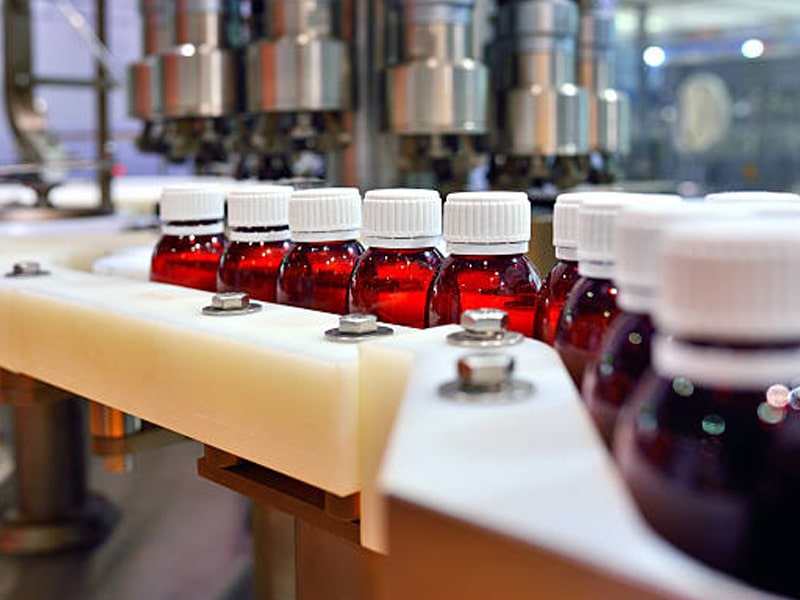
How Many Types of Liquid Orals? A Classification of Oral Liquid Preparations
Oral liquids are not a monolithic category; they encompass a diverse range of preparations, each with unique characteristics and formulation requirements. Understanding these different types is crucial for selecting the appropriate filling technology and ensuring optimal packaging. The primary classifications of liquid orals are based on their physical state and composition:
1. Solutions: These are homogeneous mixtures where the API is completely dissolved in the vehicle. Solutions are clear and transparent, with no visible solid particles. They offer uniform distribution of the API, leading to consistent dosing. Examples include syrups, elixirs, and some oral drops.
● Syrups: Concentrated aqueous solutions of sugar or a sugar substitute, containing one or more APIs. They are typically viscous and sweet, making them palatable, especially for children.
● Elixirs: Clear, flavored, hydroalcoholic solutions. The presence of alcohol can help dissolve APIs that are not readily soluble in water and can also act as a preservative.
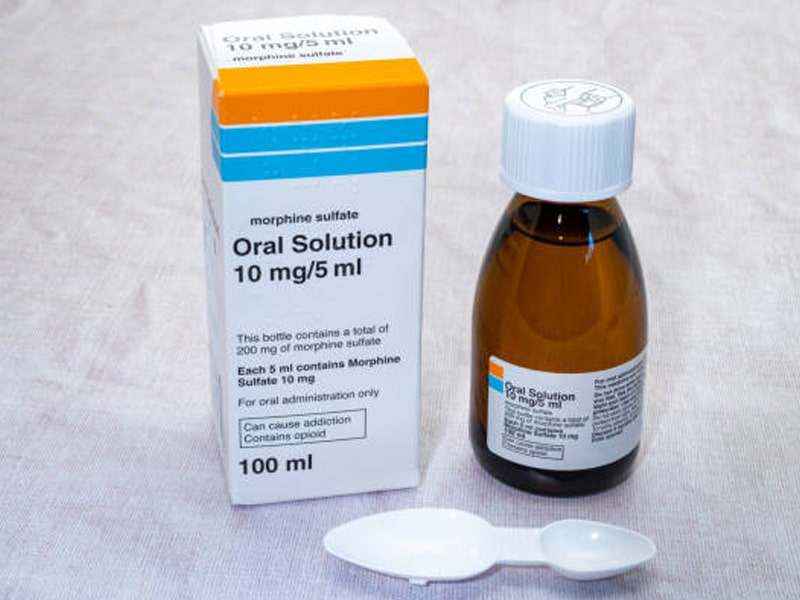
2. Suspensions: These are heterogeneous mixtures where solid API particles are dispersed throughout a liquid vehicle. The API is not dissolved but is maintained in a finely divided state. Suspensions are typically cloudy or opaque and require shaking before administration to ensure uniform distribution of the API. They are often used for APIs that are insoluble or unstable in solution form. Stabilizing agents are crucial to prevent settling of the solid particles.
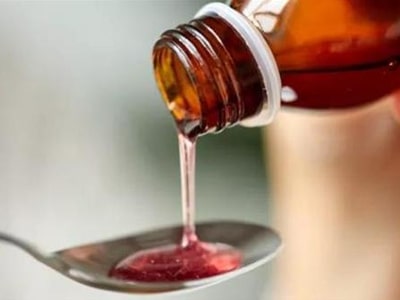
3. Emulsions: These are heterogeneous systems consisting of at least two immiscible liquids, one of which is dispersed as droplets within the other. Oral emulsions typically involve oil and water phases stabilized by an emulsifying agent. They are often used to mask the unpleasant taste of oily medications or to improve the absorption of lipid-soluble APIs.
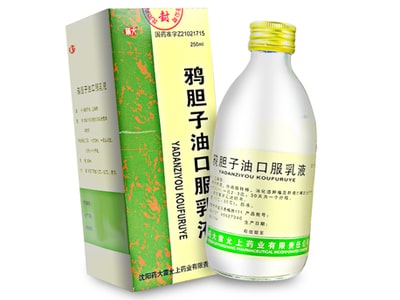
4. Oral Drops: Concentrated solutions or suspensions intended to be administered in small volumes, usually by means of a dropper. They are often used for infants and young children where precise small doses are required.
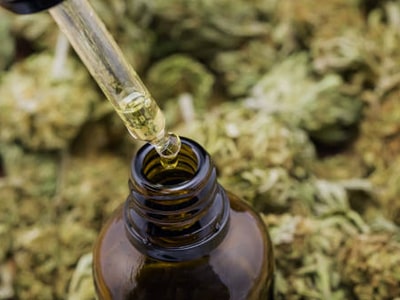
5. Mixtures: Aqueous preparations containing suspended solid particles. They are similar to suspensions but the solid particles are often less finely divided.
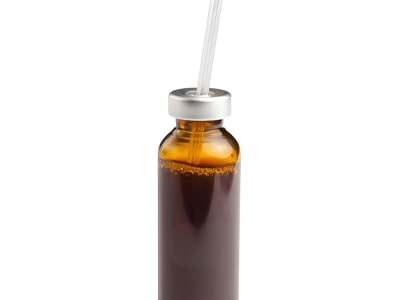
6. Linctuses: Viscous oral solutions or suspensions intended for the treatment of cough. They typically contain demulcents and may also contain other medicinal substances.
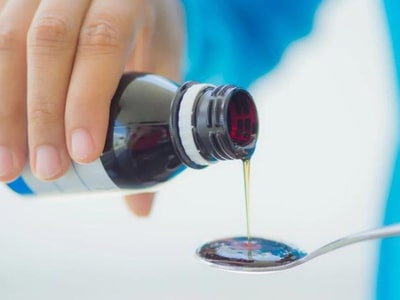
7. Oral Gels: Semi-solid preparations intended for oral administration. They are often used for localized effects in the mouth or throat.
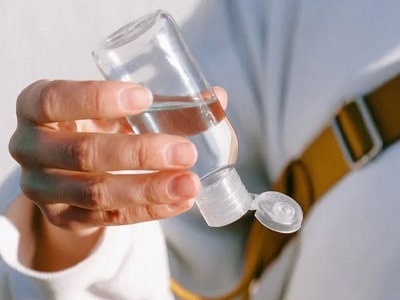
The characteristics of each type of oral liquid – viscosity, particle size (for suspensions and emulsions), stability, and required dosage – significantly influence the design and operation of the filling equipment.
What Fillers Do You Need to Pack Them? The Critical Role of Filling Technology
The packaging of oral liquids is a critical step that directly impacts product quality, safety, and shelf life. The “fillers” in this context refer to the specialized machinery and technologies used to accurately dispense the liquid into containers such as bottles, vials, or sachets. The choice of filling technology is paramount and is dictated by the specific characteristics of the oral liquid being packaged and the required production volume.
Several types of filling technologies are employed for oral liquids, each with its own advantages and suitability for different applications:
1. Volumetric Fillers: These fillers dispense a fixed volume of liquid into each container. They are highly accurate and are well-suited for low-viscosity liquids and high-speed production. Common types of volumetric fillers include:
● Piston Fillers: Use a piston within a cylinder to draw in and dispense a precise volume of liquid. They are versatile and can handle a range of viscosities.
● Peristaltic Pump Fillers: Employ a peristaltic pump to move liquid through a tube by compressing and releasing the tube. They are ideal for sterile filling as the liquid only comes into contact with the tubing, minimizing the risk of contamination. They are also suitable for shear-sensitive liquids.
● Gear Pump Fillers: Use intermeshing gears to pump liquid. They are suitable for a wide range of viscosities and provide accurate filling.
● Rotary Piston Fillers: Combine rotary motion with piston action for high-speed volumetric filling.
2. Gravimetric Fillers: These fillers dispense a precise weight of liquid into each container. They are often used for high-value liquids where accuracy is critical. Gravimetric fillers are less affected by variations in liquid density or temperature compared to volumetric fillers. They typically use load cells to measure the weight of the liquid being dispensed.
3. Level Fillers: These fillers fill each container to a predetermined level, regardless of slight variations in bottle volume. They are often used for products where the visual appearance of a consistent fill level is important, such as certain beverages or cosmetic products. However, for pharmaceuticals, where precise dosage is critical, volumetric or gravimetric fillers are generally preferred.
4. Time-Pressure Fillers: These fillers dispense liquid for a fixed period of time under a constant pressure. The volume dispensed is influenced by the viscosity of the liquid and the size of the filling nozzle. While simple and relatively inexpensive, they are less accurate than volumetric or gravimetric fillers, making them less suitable for pharmaceutical oral liquids requiring precise dosing.
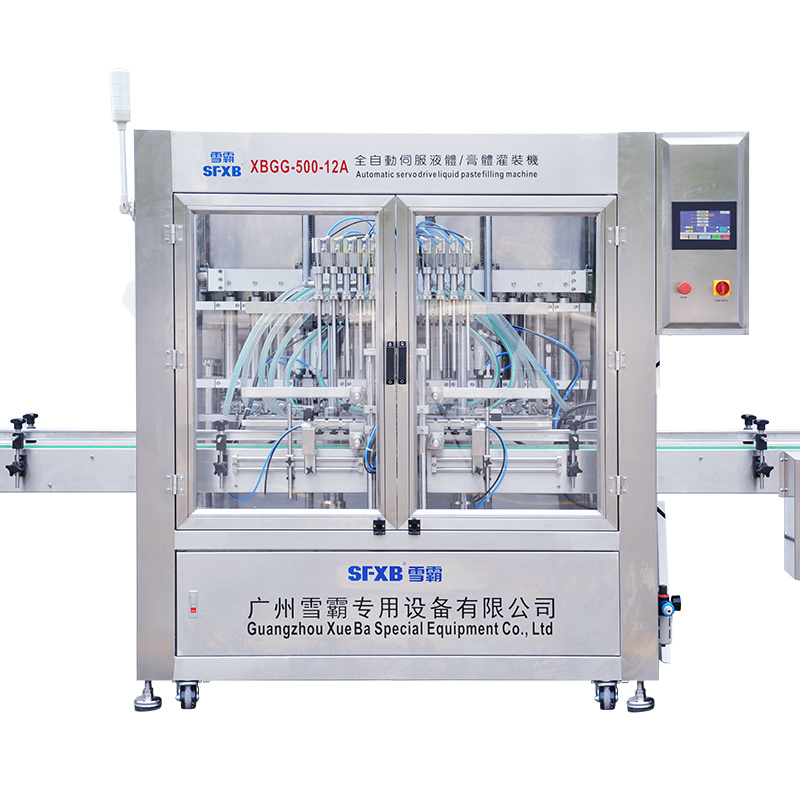 |
| XBGG series automatic multi-head servo drive piston filling machine |
Factors Influencing the Choice of Filler:
Several factors must be carefully considered when selecting the appropriate filling technology for oral liquids:
● Viscosity: The thickness of the liquid significantly impacts flow rate and the choice of pump or filling mechanism. High-viscosity liquids require more robust pumping systems.
● Particle Size (for suspensions): Fillers for suspensions must be designed to prevent settling and clogging. Wide-bore nozzles and gentle handling are often required.
● Foaming Potential: Some oral liquids are prone to foaming, which can lead to inaccurate fills and production inefficiencies. Anti-foaming techniques and specialized nozzles may be needed.
● Sterility Requirements: For sterile oral liquids, filling equipment must be designed for aseptic operation, often incorporating HEPA filters, clean-in-place (CIP) and sterilize-in-place (SIP) systems, and using materials that can withstand sterilization processes.
● Required Accuracy: The required dosage accuracy dictates the precision of the filling system. Pharmaceutical oral liquids demand high accuracy to ensure patient safety and therapeutic efficacy.
● Production Volume and Speed: High-speed production lines require automated filling systems capable of handling large volumes efficiently.
● Product Properties: Corrosive, sensitive, or flammable liquids require fillers made of appropriate materials (e.g., stainless steel) and potentially explosion-proof designs.
● Container Type and Size: The type and size of bottles, vials, or sachets being used will influence the design of the filling machine’s conveying and indexing systems.
From Understanding to Automation: The Indispensable Oral Liquid Filling Machine
The complexity and diversity of oral liquids, coupled with the stringent requirements for accuracy, hygiene, and efficiency in pharmaceutical manufacturing, underscore the critical need for specialized Oral Liquid Filling machines. These machines are the backbone of oral liquid packaging operations, automating the precise dispensing of liquid into containers and often integrating seamlessly with other packaging processes such as capping, labeling, and inspection.
A modern oral liquid filling machine is a marvel of engineering, incorporating advanced technologies to ensure high throughput, exceptional accuracy, and adherence to strict regulatory standards like cGMP (current Good Manufacturing Practice). Key components of a typical oral liquid filling machine include:
● Container Feeding System: Automatically conveys empty bottles, vials, or sachets to the filling station. This can involve rotary tables, linear conveyors, or unscramblers.
● Filling Station: The core of the machine, where the liquid is accurately dispensed into the containers using the chosen filling technology (volumetric, gravimetric, etc.). The number of filling heads can vary depending on the required speed.
● Nozzle System: The design of the filling nozzles is crucial for preventing drips, splashes, and foaming. Anti-drip and diving nozzles (which descend into the container during filling) are common features.
● Capping/Sealing System: After filling, the containers are automatically capped or sealed to maintain product integrity and prevent contamination. This can involve screw capping, crimp capping, or heat sealing.
● Discharge System: Moves the filled and capped containers away from the machine for subsequent processes like labeling and inspection.
● Control System: A sophisticated PLC (Programmable Logic Controller) or HMI (Human-Machine Interface) system manages the entire filling process, allowing for precise control of filling parameters, monitoring of performance, and data logging for quality control and traceability.
● Safety Features: Incorporate safety guards, interlocks, and emergency stop buttons to protect operators.
Key Features and Capabilities of Advanced Oral Liquid Filling Machines:
● High Accuracy and Precision: Ensuring consistent and accurate dosing is paramount for pharmaceutical products. Advanced fillers utilize precise metering systems and feedback loops to minimize variations.
● High-Speed Operation: Modern machines are designed for high throughput to meet the demands of large-scale production.
● Versatility: Many machines are designed to handle a range of container sizes and types with minimal changeover time.
● cGMP Compliance: Machines are constructed from materials like stainless steel that are easy to clean and resistant to corrosion, meeting the strict hygienic requirements of pharmaceutical manufacturing. Designs minimize dead spaces where product residue could accumulate.
● Aseptic Filling Capabilities: For sterile products, machines are equipped with features for sterilization (e.g., steam or hydrogen peroxide), HEPA filtration, and isolation technology to maintain a sterile environment.
● Integration with Downstream Equipment: Seamless integration with capping machines, labeling machines, inspection systems, and cartoners is essential for a complete and efficient packaging line.
● Easy Changeover and Cleaning: Features that facilitate quick and easy changeover between different products and efficient cleaning procedures are crucial for maximizing production uptime.
● Data Logging and Reporting: Advanced control systems can record key production data, facilitating quality control, traceability, and regulatory compliance.
At SFXB, our expertise lies in designing and manufacturing high-quality oral liquid filling machines that meet the specific needs of pharmaceutical and nutraceutical manufacturers. We understand the critical importance of accuracy, hygiene, and reliability in this industry. Our machines are engineered with precision, utilizing robust materials and incorporating advanced control systems to ensure efficient and compliant oral liquid packaging. Whether it’s a highly viscous suspension, a delicate sterile solution, or a palatable syrup, we offer filling solutions that can handle a wide range of oral liquid types with exceptional performance.
The Future of Oral Liquid Filling: Innovation and Automation
The field of oral liquid packaging is continuously evolving, driven by advancements in pharmaceutical formulations, regulatory requirements, and automation technology. The future of Oral Liquid Filling is likely to see:
● Increased Automation and Robotics: Further integration of robotics for tasks like container handling and capping to enhance efficiency and reduce human intervention, particularly in sterile environments.
● Enhanced Data Analytics and AI: Utilizing data from filling machines to optimize processes, predict maintenance needs, and improve overall equipment effectiveness.
● Sustainable Packaging Solutions: Growing emphasis on using eco-friendly packaging materials and designing filling processes that minimize waste.
● Customization and Flexibility: Development of more flexible and easily configurable filling machines to accommodate smaller batch sizes and a wider variety of products.
● Improved Sterilization and Aseptic Technologies: Continued innovation in sterilization methods and aseptic filling techniques to ensure the highest levels of product safety.
For manufacturers of oral liquids, investing in advanced and reliable filling machinery is not just a matter of efficiency but a fundamental requirement for ensuring product quality, patient safety, and regulatory compliance. As the demand for diverse oral liquid formulations continues to grow, the role of sophisticated Oral Liquid Filling machines will become even more critical in bringing these essential medications and supplements to market.
Conclusion: Precision and Expertise in Every Drop
Oral liquids represent a vital segment of pharmaceutical and nutraceutical products, offering a convenient and effective means of drug and supplement delivery. The journey from formulation to a packaged product involves a meticulous process, where the choice of filling technology plays a pivotal role. Understanding the different types of oral liquids and the specific requirements for their packaging is essential for selecting the right “fillers” – the advanced machinery that ensures accurate and hygienic dispensing.
From volumetric and gravimetric fillers to specialized designs for suspensions and sterile products, the landscape of oral liquid filling technology is diverse and sophisticated. The Oral Liquid Filling machine is the linchpin of this process, automating the complex task of dispensing and capping with speed, precision, and unwavering adherence to regulatory standards.
As a leading manufacturer of packaging machinery, SFXB is committed to providing innovative and reliable solutions for oral liquid filling. Our expertise in understanding the nuances of different oral liquid formulations and the demands of pharmaceutical manufacturing allows us to deliver machines that not only meet but exceed industry expectations. By investing in high-quality Oral Liquid Filling equipment, manufacturers can ensure the integrity, safety, and efficacy of their products, ultimately contributing to better patient outcomes. The future of oral liquid packaging is bright with promise, driven by ongoing innovation in both formulations and the cutting-edge machinery that makes their production possible.
| References: | |
| 1. | Restricted Delivery Systems: Flow Restrictors for Oral Liquid Drug Products Guidance for Industry Retrieved from:US.FDA |
| 2. | Capability of Filling Systems to Dispense Micro-Doses of Liquid Pharmaceuticals Retrieved from:ISPE |
| 3. | Oral Drug Delivery Technologies—A Decade of Developments Retrieved from:National Library of Medicine |
| 4. | ICH Q8 (R2): Pharmaceutical Development Retrieved from:ICH |


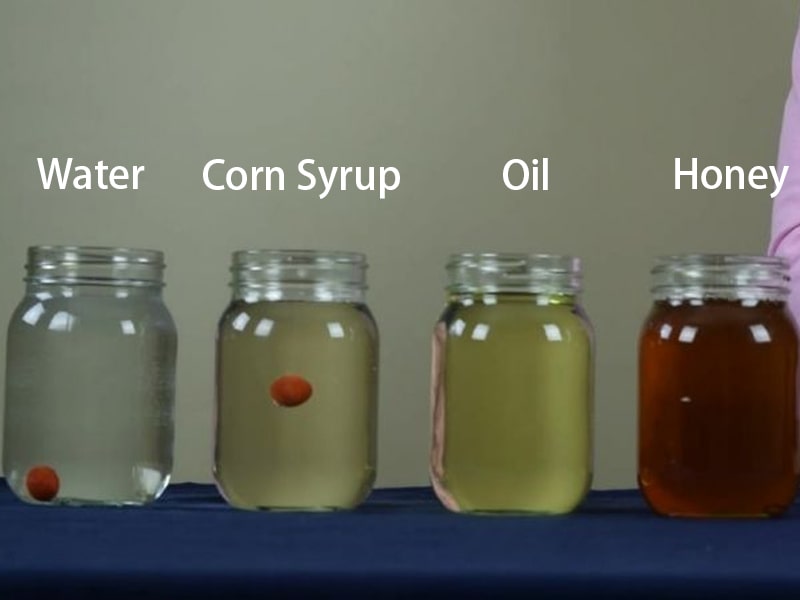
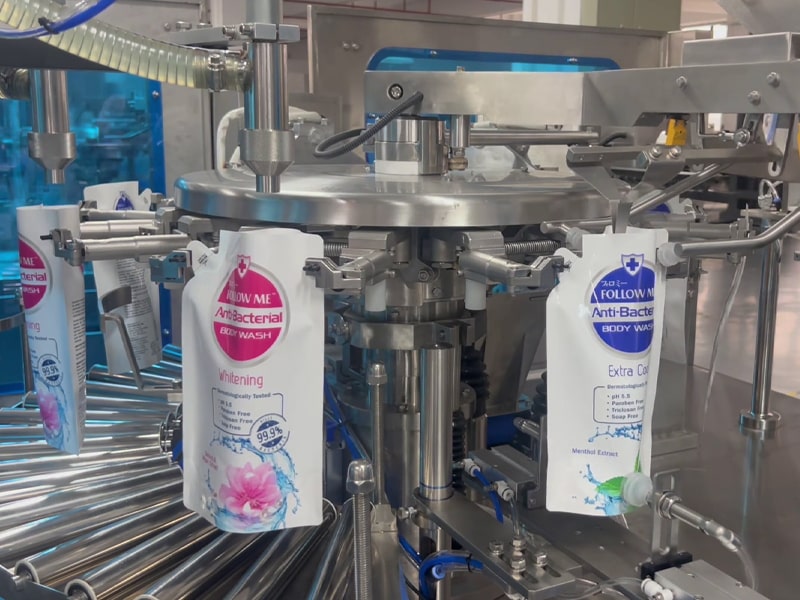


Comments